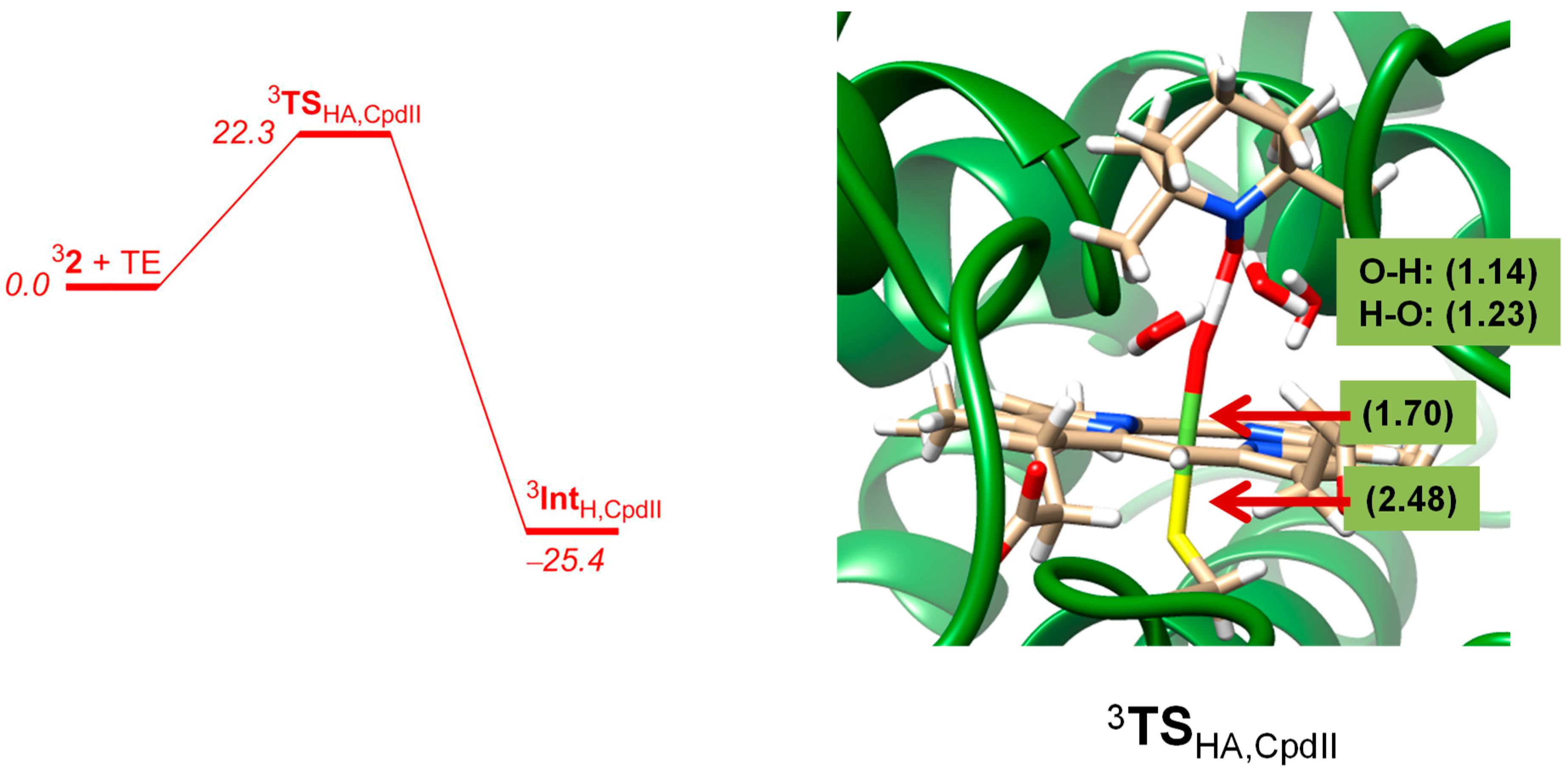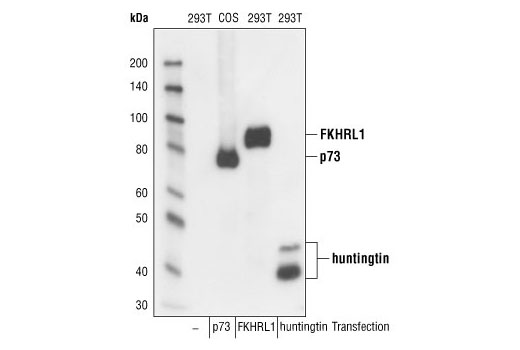
In addition, rate-zonal centrifugation coupled with immunodetection and transmission electron microscopy are commonly used to determine the macromolecular conformation of mucins 6. Dynamic and/or multi-angle light scattering provide information on the oligomeric state of mucin-rich samples 1. Traditionally, biochemical characterization of mucins is accomplished by mucin isolation via isopycnic density-gradient centrifugation in denaturing buffer, followed by size-exclusion chromatography and immunodetection ( e.g., slot blotting) 5. However, high-molecular-weight protein ladders can be used to study small mucin monomers ( i.e., MUC1).Ī variety of techniques can be applied to study mucin size, conformation and interaction. These methods resolve/separate proteins with molecular weights lower than 250 kDa while mucin monomers can reach up to 2 MDa in the case of MUC16. As a result of heavy glycosylation and multimerization, mucins are among the largest molecules in the animal world and cannot be analyzed by standard gel electrophoresis using conventional SDS-PAGE polyacrylamide gel and standard protein ladders. Intra- and inter-molecular disulfide bonds connecting mucin monomers ensure the integrity of the mucin gel network. These dense O-linked oligosaccharides can contribute up to 80% of the molecular weight 4.

Large glycans are attached to serine and threonine residues distributed throughout the apomucin. In contrast, gel-forming mucins possess several von Willebrand factor (vWF)-like and cysteine-rich domains that are essential for the formation of dynamic polymeric networks.

Membrane-associated mucins are mostly monomeric and attach to the cell surfaces via a hydrophobic membrane-spanning domain. The mucin gene family can be divided into two subtypes: the membrane-associated mucins, involved in cell signaling and surface shielding, and the gel-forming mucins, responsible for the viscoelastic properties of mucus gels. To date, 19 mucins genes have been identified and encode for large polypeptide chains ranging from 1,200 ( e.g., MUC1) to 22,000 ( e.g., MUC16) amino acids. Therefore, it is important to understand the role of mucins in health and disease and to establish routine protocols for protein identification. A similar cascade of events are observed in several diseases, e.g., cystic fibrosis 1, chronic otitis media 2 and cervicovaginal infection 3. Although mucin production is essential to mucosal health, mucin hyperconcentration and/or aberrant mucus properties can lead to duct obstruction, bacterial colonization and chronic inflammation, which can cause irreversible tissue damage. The presence of these glycoproteins maintains surface hydration and forms a physical barrier against pathogens. Mucins are normally produced by mucosal surfaces that line cavities exposed to the external environment ( e.g., respiratory, digestive, reproductive tracts, ocular surface) as well as internal organs ( e.g., pancreas, gallbladder, mammary glands). These techniques are widely applicable to determine mucin quantitation, multimerization and to test the effects of pharmacological compounds on mucins. Here, we describe conventional methods to separate mucin macromolecules by electrophoresis using an agarose gel, transfer protein into nitrocellulose membrane, and detect signal with mucin-specific antibodies as well as infrared fluorescent gel reader. Therefore, consistent and reliable protocols to investigate mucin biology are critical for scientific advancement. A better understanding of the production and function of mucin macromolecules may lead to novel pharmaceutical approaches, e.g., inhibitors of mucin granule exocytosis and/or mucolytic agents.

However, investigating the role of mucins in health ( e.g., maintaining mucosal integrity) and disease ( e.g., hyperconcentration, mucostasis, cancer) has recently gained interest and mucins are being investigated as a therapeutic target. For instance, their high-molecular-weight prevents electrophoretic migration via regular polyacrylamide gels and their sticky nature causes adhesion to experimental tubing. As a result of the complex biochemical and biophysical nature of these molecules, working with mucins provides many challenges that cannot be overcome by conventional protein analysis methods. These post-translational modifications are critical for the viscoelastic properties of mucus. During protein synthesis, mucins undergo intense O-glycosylation and multimerization, which dramatically increase the mass and size of these molecules. The main role of these macromolecules is to facilitate particle trapping and clearance while promoting lubrication of the mucosa. Mucins, the heavily-glycosylated proteins lining mucosal surfaces, have evolved as a key component of innate defense by protecting the epithelium against invading pathogens.


 0 kommentar(er)
0 kommentar(er)
